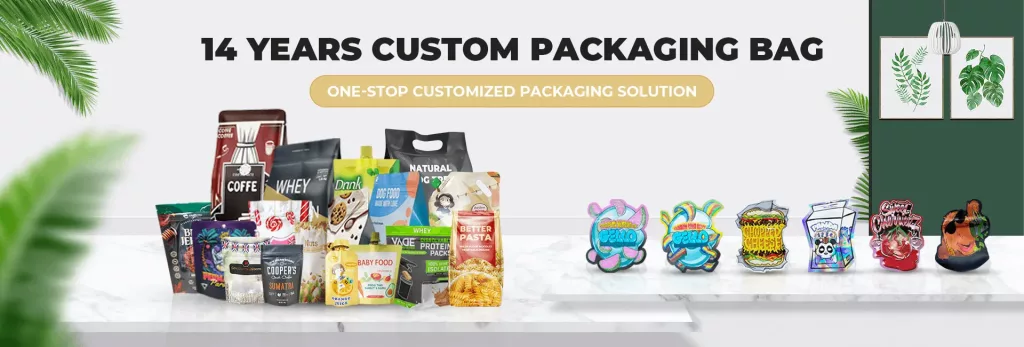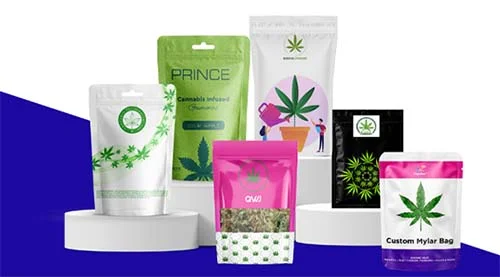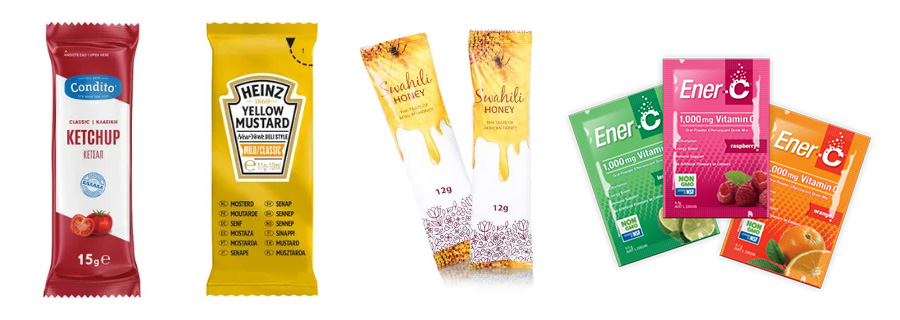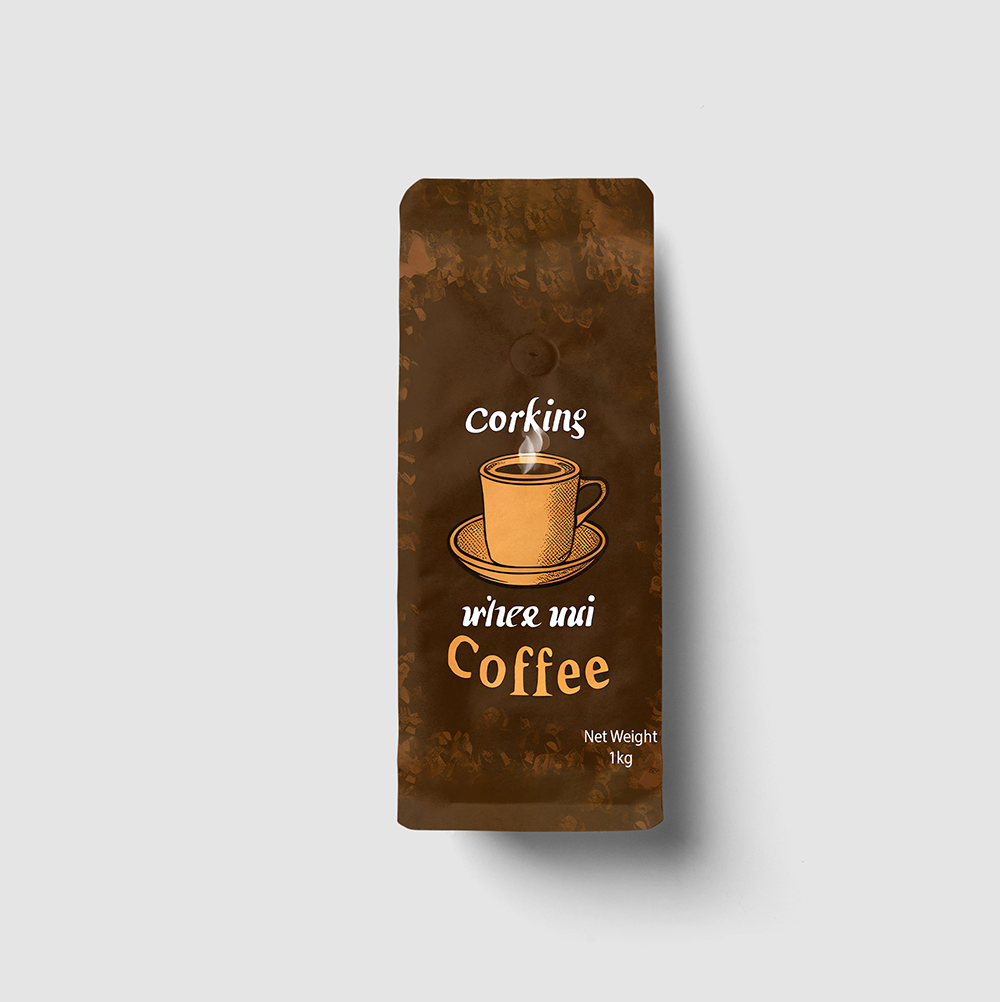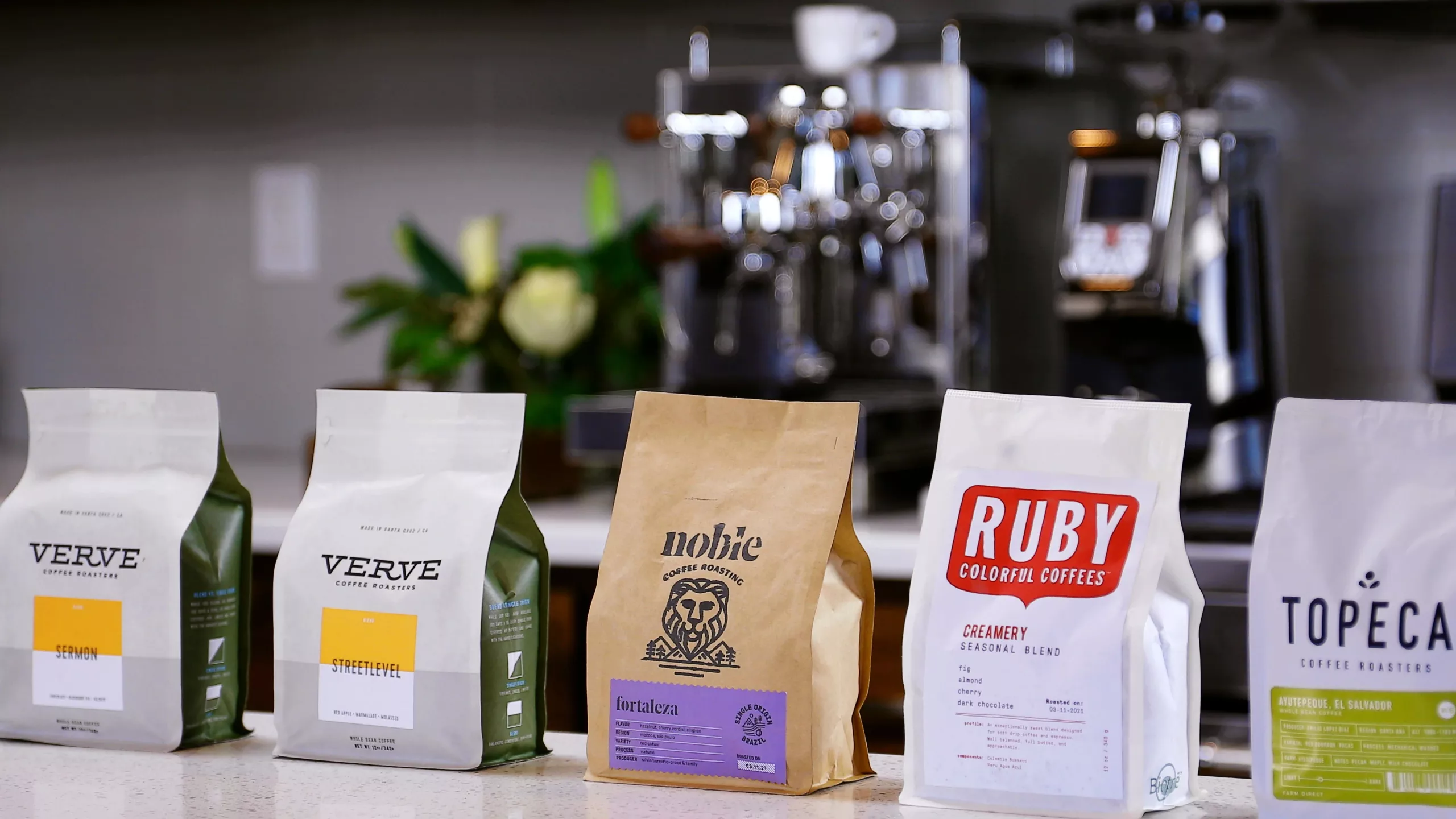Selecting the right packaging is a crucial part of your beauty product’s success. Not only does packaging protect the product, but it also plays a key role in branding, attracting consumers, and ensuring the product remains safe and hygienic. With a variety of cosmetic packaging options available, it’s essential to understand the factors that will help you choose the best packaging for your product.
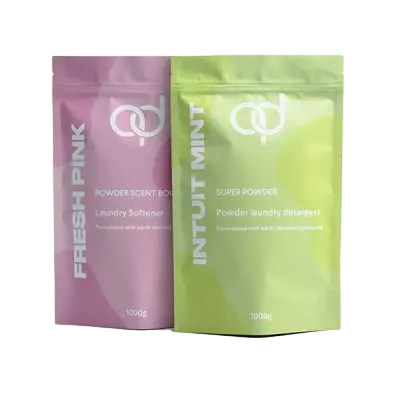
Here are some key considerations when selecting cosmetic packaging for your beauty products.
1. Product Type and Packaging Functionality
Each beauty product has unique characteristics, and its packaging needs to align with its purpose and usage. For example:
- Face creams or thicker skincare products are often packaged in jars or pots for easy access.
- Serums and toners are typically housed in glass or plastic bottles with droppers or pumps to control the amount dispensed.
- Solid cosmetic products like pressed powders and blushes are commonly packaged in compact cases with mirrors for convenience.
Understanding your product’s needs is essential for choosing the most suitable packaging. The right packaging will not only make the product easier for consumers to use but also enhance its overall appeal.
2. Packaging Materials
The choice of material has a significant impact on the quality, sustainability, and appearance of cosmetic packaging. Common materials include:
- Plastic: Lightweight, cost-effective, and easy to mold, plastic is often used for everyday beauty products like lotions and shampoos. Many brands are now transitioning to recycled or biodegradable plastics to reduce their environmental footprint.
- Glass: Often used for high-end products like serums and perfumes, glass packaging gives a luxurious feel and is environmentally friendly since it can be recycled.
- Aluminum: Ideal for products that are sensitive to light and air, such as sprays or aerosols. Aluminum is also a sustainable option as it can be recycled.
3. Product Protection and Safety
The primary function of packaging is to protect the product from damage, contamination, and degradation. Consider the following:
- Air-tight and Light-proof Packaging: Some beauty products, such as vitamin C serums or essential oils, are sensitive to air and light. Air-tight, dark-colored packaging helps prevent oxidation and ensures product longevity.
- Leak-proof Packaging: Liquid products like foundations, toners, or lotions need secure, leak-proof packaging to avoid spillage and improve user experience.
- Hygienic Packaging: Products that are applied directly to the skin should come in packaging that maintains hygiene. Lip balms or creams often come in stick or tube formats to prevent direct contact with hands.
4. Aesthetics and Design
In the beauty industry, packaging design significantly influences consumer purchasing decisions. Visually appealing packaging can make your product stand out on store shelves or online platforms. Key design elements to consider are:
- Color and Shape: Eye-catching colors and unique shapes make a product more recognizable. The choice of color can also reflect the product’s category or target audience. For example, pastel tones are often associated with skincare, while metallic colors are used for luxury items like perfumes.
- Labeling and Product Information: Ensure that the packaging features a clear and informative label that includes a product description, usage instructions, ingredients, and expiration date. Consumers tend to prefer products with complete and transparent information.
5. Environmental Impact
Consumers today are more environmentally conscious, and they tend to support brands that implement sustainable practices. Choosing eco-friendly cosmetic packaging can enhance your brand’s image. Sustainable options include:
- Recycled Packaging: Opting for recyclable plastic or glass is an effective way to reduce waste and appeal to eco-conscious consumers.
- Biodegradable Packaging: These are materials that naturally decompose over time, making them a great alternative to traditional plastic.
- Reusable Packaging: Some brands now offer refillable packaging for products like lotions or face washes, allowing consumers to reuse the container multiple times.
6. Budget and Cost Efficiency
Lastly, you need to consider your budget when selecting packaging. While materials like glass may be more expensive than plastic, it’s important to weigh the long-term benefits. Investing in high-quality packaging can add value to your product and may even justify a higher price point.
Conclusion
Choosing the right cosmetic packaging is essential for ensuring that your product remains safe, attractive, and consumer-friendly. By considering factors such as product type, material, safety, design, and environmental impact, you can select packaging that not only serves its purpose but also enhances your brand’s appeal.
If you’re in search of high-quality and eco-friendly cosmetic packaging solutions, Colorful Packaging offers a wide range of customizable options to meet your product needs. We are committed to providing innovative and sustainable packaging to help your brand thrive in a competitive market.
